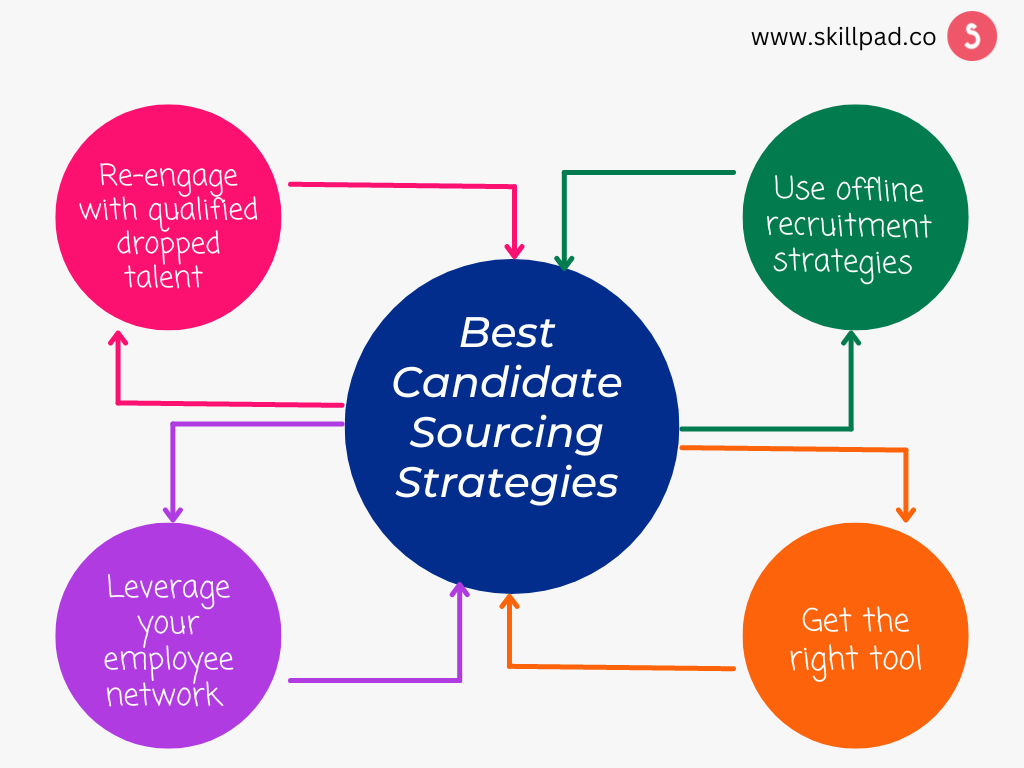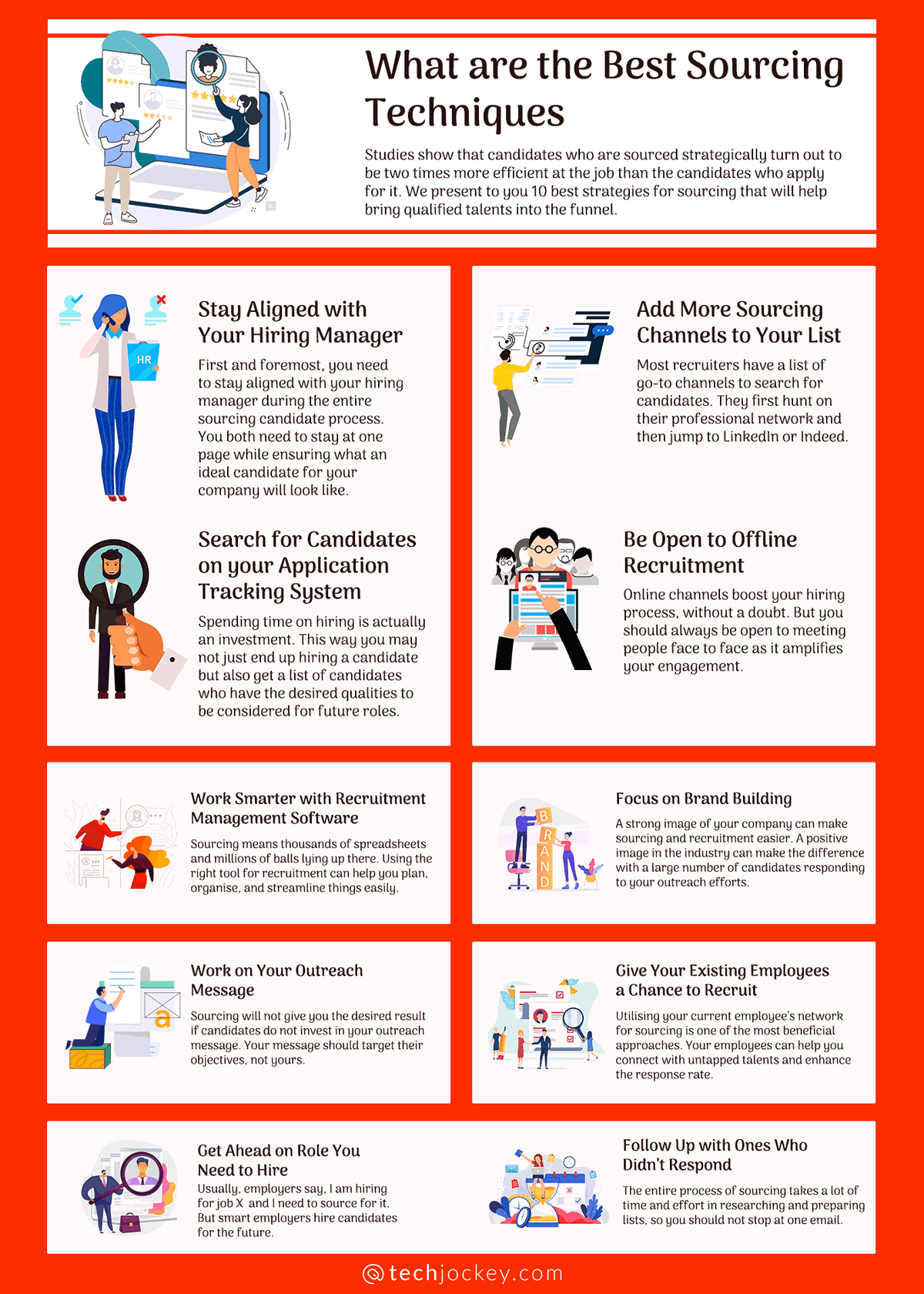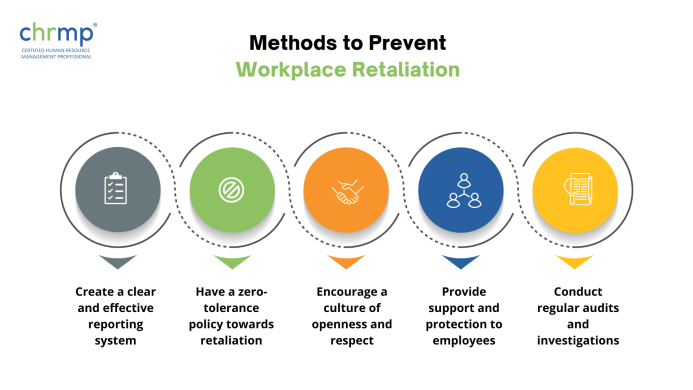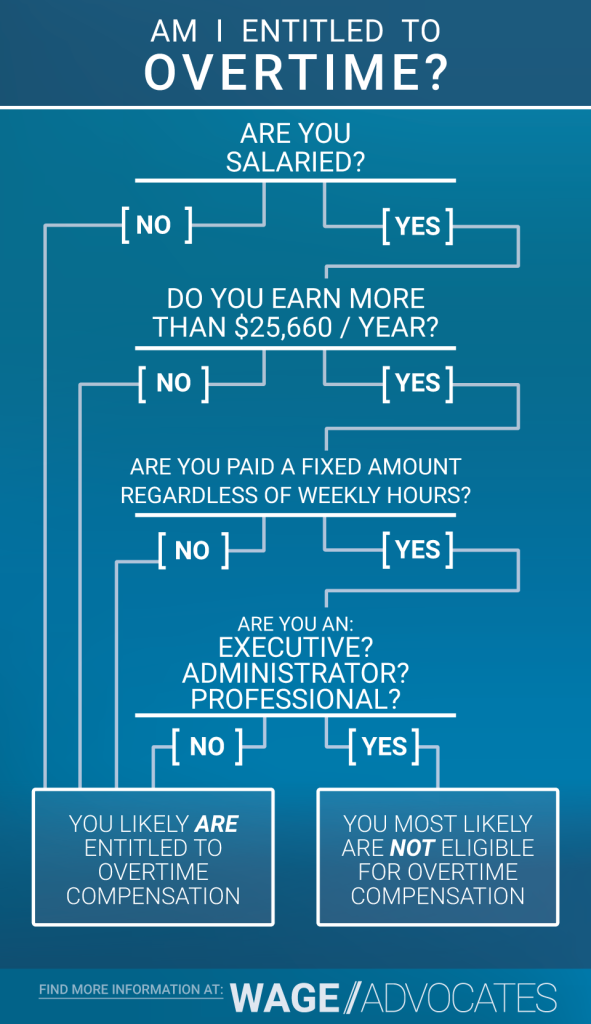
Mastering Candidate Sourcing: Best Practices for Finding Top Talent
In today’s competitive job market, simply posting a job opening and waiting for applications is no longer enough to attract the best talent. To truly build a strong team, organizations need to proactively seek out, engage with, and nurture potential candidates. This strategic activity is known as candidate sourcing, and mastering it is a critical skill for any successful talent acquisition professional.
This comprehensive guide will walk you through the best practices for candidate sourcing, offering easy-to-understand advice for beginners and seasoned recruiters alike. By the end, you’ll have a clear roadmap to identify, attract, and engage with the high-quality candidates your organization needs to thrive.
What Exactly Is Candidate Sourcing?
At its core, candidate sourcing is the proactive process of identifying, finding, and engaging with potential candidates who may or may not be actively looking for a new job. Unlike traditional recruiting, which often starts with an application, sourcing begins with the recruiter reaching out to individuals who fit a specific profile, even if they haven’t applied.
Think of it like this:
- Recruiting: Fishing with a net in a known pond (waiting for applications).
- Sourcing: Hunting for specific fish in various bodies of water, using different techniques to find them (proactively seeking out talent).
Sourcing is about building a robust pipeline of qualified individuals, often before a specific job opening even exists.
Why Effective Candidate Sourcing Matters More Than Ever
You might wonder, "Why go to all that extra effort?" The benefits of a strong sourcing strategy are numerous and directly impact your organization’s success:
- Access to Passive Candidates: The best talent often isn’t actively job searching. They’re happy and successful in their current roles. Sourcing allows you to tap into this hidden pool of highly skilled individuals who wouldn’t see your job posting otherwise.
- Higher Quality Hires: Proactive sourcing allows you to be highly selective, targeting individuals with the precise skills, experience, and cultural fit your organization needs, leading to better long-term hires.
- Increased Diversity: By expanding your search beyond traditional channels, you can identify candidates from a wider range of backgrounds, experiences, and demographics, fostering a more diverse and inclusive workforce.
- Reduced Time-to-Hire: Having a pre-qualified pipeline of candidates means you can fill urgent roles much faster, minimizing productivity loss and operational delays.
- Lower Cost-per-Hire: While sourcing requires effort, it can reduce reliance on expensive job board advertisements and external agencies in the long run.
- Stronger Employer Brand: Thoughtful and personalized outreach reflects positively on your company, even if the candidate isn’t a fit right now. It builds goodwill and a positive reputation as an employer.
- Future-Proofing Your Talent Pool: Sourcing isn’t just about filling current roles; it’s about building relationships for future needs, creating a talent pipeline that can be activated when new opportunities arise.
Before You Begin: The Essential Preparation Steps
Effective sourcing isn’t random; it’s highly strategic. Before you even think about where to look, you need a crystal-clear understanding of who you’re looking for.
-
Deep Dive into the Job Description (JD):
- Don’t just skim it! Read every line carefully.
- Understand the "Must-Haves": What skills, experience, and qualifications are absolutely non-negotiable?
- Identify the "Nice-to-Haves": What would be a bonus but isn’t a deal-breaker?
- Clarify Ambiguities: If the JD says "strong communication skills," what does that really mean in this context? Does it mean presenting to executives, writing technical docs, or collaborating in a team? Ask the hiring manager for specifics.
-
Conduct a Kick-off Meeting with the Hiring Manager:
- This is crucial! Don’t assume you know what they want.
- Discuss the team dynamics, company culture, and the specific challenges the new hire will solve.
- Ask "Why?": Why is this role open? Why is this skill important? Why did the previous person leave (if applicable)?
- Ideal Candidate Profile: Work together to paint a detailed picture of the ideal candidate – not just their resume, but their motivations, work style, and aspirations.
-
Develop Your Candidate Persona:
- Based on your JD deep dive and hiring manager meeting, create a detailed "persona" of your ideal candidate. Give them a name!
- Example Persona: "Tech Lead Tara"
- Background: 8-10 years experience in Java development, preferably with FinTech experience.
- Skills: Java, Spring Boot, Microservices, AWS, Agile methodologies.
- Motivations: Wants challenging technical problems, opportunities for mentorship, a collaborative team, clear career growth.
- Where She Hangs Out Online: GitHub, Stack Overflow, LinkedIn groups for Java developers, attends local tech meetups.
- Potential Objections: Happy in current role, worried about work-life balance.
- This persona will guide your search efforts and help you craft personalized outreach messages.
-
Identify Keywords and Search Strings:
- Based on your JD and persona, brainstorm all possible keywords a candidate might use on their resume or online profile.
- Job Titles: Not just the official title, but similar titles (e.g., "Software Engineer," "Developer," "Programmer," "Coding Specialist").
- Skills: Hard skills (Java, Python, SQL, Salesforce) and soft skills (Leadership, Project Management, Communication).
- Technologies/Tools: (AWS, Azure, Docker, Kubernetes, Figma).
- Industry-Specific Terms: (FinTech, SaaS, Healthcare IT, B2B).
- Boolean Search Operators: Learn to use these powerful tools (more on this below!).
AND: Includes both terms (e.g., "Java AND Spring Boot")OR: Includes either term (e.g., "Manager OR Lead")NOT: Excludes a term (e.g., "Developer NOT Junior")"(Quotation Marks): Searches for an exact phrase (e.g., "Project Manager")()(Parentheses): Groups terms together (e.g., "AWS AND (Python OR Java)")
Top Sourcing Channels & Tools: Where to Find Your Talent
Now that you know who you’re looking for, let’s explore where to find them. Remember, a multi-channel approach is always best!
-
LinkedIn (The King of Professional Sourcing):
- LinkedIn Recruiter/Sales Navigator: If your organization invests in these, learn to use them to their full potential. They offer advanced filters (skills, titles, companies, groups, seniority, location) and features for organizing and contacting candidates.
- Basic LinkedIn Search: Even with a free account, you can perform powerful searches using keywords, titles, and companies.
- LinkedIn Groups: Join industry-specific or skill-based groups. These are goldmines for identifying engaged professionals.
- Company Pages: See who works at competitor companies or companies known for producing talent in your desired area.
- "People Also Viewed": When viewing a profile, check the sidebar for similar profiles.
- Boolean Search within LinkedIn: Apply your Boolean strings directly into the search bar.
-
Job Boards (Still Relevant for Active Candidates):
- General Job Boards: Indeed, Glassdoor, ZipRecruiter, Monster. While often seen for inbound applications, you can search their resume databases for candidates.
- Niche Job Boards: These are incredibly valuable for specialized roles. Examples:
- Tech: Dice, Stack Overflow Careers, GitHub Jobs, Hired.com
- Design: Dribbble, Behance
- Sales: SalesGravy
- Healthcare: Health eCareers
- Alumni Boards: Many universities have job boards for their alumni.
-
Your Company Website & Applicant Tracking System (ATS):
- Past Applicants: Don’t overlook candidates who previously applied to your company but weren’t a fit for that specific role. They might be perfect for a new opening. Search your ATS!
- Talent Pools: If you’ve been proactive, you might have pre-built talent pools in your ATS for common roles.
-
Employee Referrals (The Gold Standard):
- Your current employees are your best recruiters. They know the company culture and can vouch for potential candidates.
- Implement a Strong Referral Program: Offer incentives (bonuses, extra PTO) for successful hires.
- Make it Easy: Provide clear guidelines on how to refer and whom to contact.
- Communicate: Keep employees updated on the status of their referrals.
-
Professional Networks & Events:
- Conferences & Meetups: Attend industry-specific events (online or in-person). This is a fantastic way to network, learn, and identify potential candidates.
- Webinars & Online Forums: Participants in specialized webinars or active members of online forums are often passionate and knowledgeable about their field.
- Professional Associations: Many industries have professional bodies (e.g., PMI for Project Management, AMA for Marketing). Their member directories can be a valuable resource.
-
Social Media (Beyond LinkedIn):
- Twitter: Follow industry leaders, hashtags, and participate in relevant discussions. Many tech professionals share their work or thoughts here.
- GitHub/Stack Overflow (for Tech Roles): Developers showcase their code on GitHub. Active contributors on Stack Overflow demonstrate problem-solving skills and expertise.
- Reddit: Niche subreddits (e.g., r/MachineLearning, r/sysadmin) can be great places to find experts and understand industry trends.
- Facebook Groups: Many professional groups exist on Facebook, particularly for local communities or specific niches.
-
Alumni Networks:
- Reach out to career services or alumni associations at universities known for programs relevant to your hiring needs.
-
Google & Other Search Engines (The Ultimate Sourcing Tool):
- Boolean Search on Google: This is incredibly powerful. You can search for public resumes, portfolios, or specific skill combinations.
site:linkedin.com "software engineer" "java" "new york"(searches LinkedIn for Java software engineers in New York)site:github.com "python" "data science" "portfolio"filetype:pdf resume "project manager" "agile"(searches for PDF resumes containing these terms)
- Google Custom Search Engines (CSEs): Create custom search engines that only search specific websites (e.g., only tech blogs, only university faculty pages).
- X-Ray Search: This is a specific type of Boolean search on Google that allows you to "x-ray" a website for specific content.
- Boolean Search on Google: This is incredibly powerful. You can search for public resumes, portfolios, or specific skill combinations.
-
AI-Powered Sourcing Tools:
- The landscape of sourcing tools is constantly evolving. AI-powered platforms can help automate parts of the search, identify patterns, and even assist with initial outreach. While often premium, they can significantly boost efficiency for high-volume roles. Examples include Hiretual, SeekOut, Beamery.
Best Practices for Effective Candidate Sourcing
Finding candidates is one thing; engaging them effectively is another. Here are the core best practices:
-
Be Strategic, Not Just Reactive:
- Don’t wait until a position is urgent to start sourcing. Build a continuous talent pipeline for critical roles.
- Anticipate future hiring needs based on company growth plans.
-
Craft Highly Personalized Outreach Messages:
- Generic messages are ignored. Show you’ve done your homework.
- Reference something specific: "I noticed your contribution on Project X on GitHub," or "Your experience at Company Y with Z technology really caught my eye."
- Focus on the candidate’s needs: What’s in it for them? How will this opportunity help them grow, solve interesting problems, or align with their values?
- Keep it concise: Get straight to the point.
- Clear Call to Action: What do you want them to do next? (e.g., "Would you be open to a brief 15-minute chat next week?").
- Subject Line Matters: Make it intriguing and relevant.
-
Prioritize the Candidate Experience (Even During Sourcing):
- Be Respectful of Their Time: Understand they’re busy and likely not actively looking.
- Provide Value: Offer insights, relevant industry news, or a genuinely compelling opportunity.
- Be Transparent: Clearly state who you are, which company you represent, and what the opportunity is (without giving away too much too soon).
- Communicate Promptly: If they respond, reply quickly. Even a "thanks for letting me know you’re not interested right now" can leave a positive impression.
- Politely Accept "No": If a candidate isn’t interested, thank them for their time and leave the door open for future connections.
-
Embrace Diversity & Inclusion (D&I) in Your Sourcing Strategy:
- Expand Your Search: Look beyond your usual networks and "target schools."
- Challenge Biases: Be aware of unconscious biases in your search criteria and language.
- Utilize D&I-focused Channels: Explore professional organizations, communities, and job boards specifically serving underrepresented groups.
- Blind Sourcing (where possible): Focus on skills and experience, not names or background details that could reveal identity too early.
- Inclusive Language: Use gender-neutral language in your outreach messages and job descriptions.
-
Build Relationships, Not Just Rosters:
- Sourcing is about long-term engagement.
- Nurture Your Pipeline: Stay in touch with promising candidates who aren’t a fit right now but might be in the future.
- Share Relevant Content: Send articles, industry news, or company updates that might interest them, even if there’s no immediate job.
- Be a Connector: If you can’t help someone, maybe you know someone else who can. This builds goodwill.
-
Track Everything & Analyze Your Results:
- Use Your ATS/CRM: Log every interaction with a candidate.
- Track Key Metrics (see below): Which channels are most effective? Which messages get the best response rates?
- Learn and Adapt: Use data to refine your sourcing strategy. If LinkedIn isn’t working for a specific role, try GitHub or a niche forum.
-
Continuously Learn and Adapt:
- The sourcing landscape changes rapidly. New tools, platforms, and techniques emerge constantly.
- Stay Updated: Read industry blogs, attend webinars, and connect with other sourcers.
- Experiment: Don’t be afraid to try new approaches and see what works.
Common Sourcing Pitfalls to Avoid
Even with the best intentions, it’s easy to fall into common traps. Avoid these:
- "Post and Pray" Mentality: Solely relying on job board postings and inbound applications.
- Generic Outreach: Sending the same message to everyone. It screams "I didn’t bother to learn about you."
- Ignoring Candidate Experience: Slow responses, vague information, or treating candidates like just another number.
- Lack of Follow-Up: Sending one message and giving up if there’s no immediate response. Persistence (without being annoying) pays off.
- Not Tracking Your Efforts: If you don’t track, you can’t learn what’s working and what’s not.
- Giving Up Too Soon: Sourcing often requires patience. The right candidate might not be available or interested on the first attempt.
- Relying on a Single Channel: Putting all your eggs in one basket (e.g., only using LinkedIn).
- Forgetting Your Internal Database: Neglecting your own ATS or CRM, which likely contains a wealth of past applicants.
Measuring Sourcing Success: Key Metrics
To ensure your sourcing efforts are effective and provide a positive return on investment, you need to track key metrics.
-
Response Rate:
- What it is: The percentage of candidates you reach out to who respond (positively or negatively).
- Why it matters: Indicates the effectiveness of your outreach message, subject line, and targeting.
- How to calculate: (Number of responses / Number of outreach messages sent) x 100
-
Conversion Rates (by Stage):
- Source to Interview: Percentage of sourced candidates who make it to the interview stage.
- Interview to Offer: Percentage of interviewed candidates who receive an offer.
- Offer to Hire: Percentage of offers accepted by sourced candidates.
- Why it matters: Shows the quality of your sourced candidates and the effectiveness of your overall recruitment funnel.
-
Time-to-Hire (Influenced by Sourcing):
- What it is: The total time from when a job requisition opens to when a candidate accepts an offer.
- Why it matters: Efficient sourcing can significantly reduce this time, saving money and increasing productivity.
-
Quality of Hire (Long-Term Metric):
- What it is: A measure of how well new hires perform and contribute to the company after being hired (e.g., performance reviews, retention rates, impact on team/goals).
- Why it matters: Ultimately, the goal of sourcing is to bring in high-quality talent that sticks around and makes a difference.
-
Source of Hire:
- What it is: Which channel or method ultimately led to the hire (e.g., LinkedIn, employee referral, job board, direct outreach).
- Why it matters: Helps you understand where your best candidates are coming from, allowing you to focus resources on the most effective channels.
Conclusion: Sourcing as a Continuous Journey
Candidate sourcing is far more than just "finding people." It’s a strategic, proactive, and continuous process that builds relationships, enhances your employer brand, and directly contributes to the success of your organization. By embracing the best practices outlined in this guide – from meticulous preparation and multi-channel exploration to personalized outreach and data-driven analysis – you can transform your talent acquisition efforts.
Remember, the best talent is often passive, and it takes skill, persistence, and genuine engagement to attract them. Start implementing these strategies today, and watch your talent pipeline flourish with the high-quality candidates your team deserves. Happy sourcing!




Post Comment